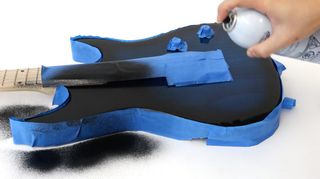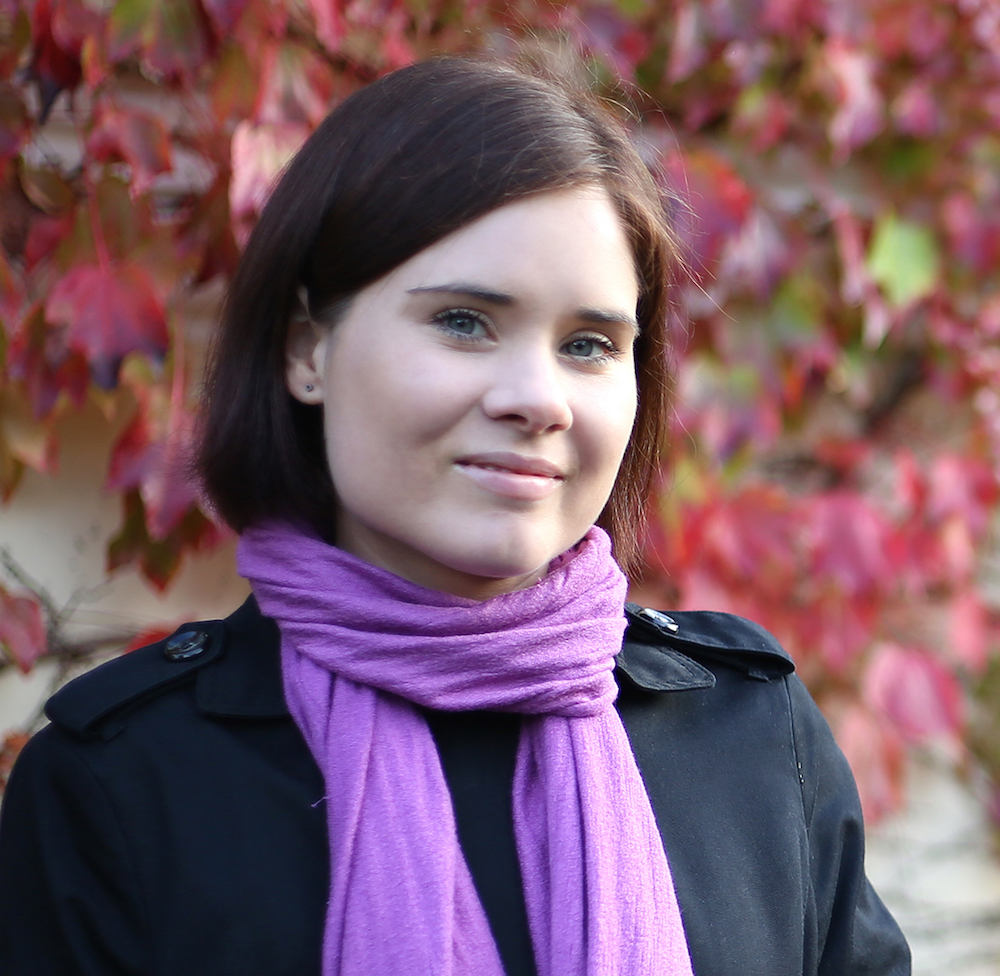Spray-On Touch Screens? How to Turn Any Flat Surface into a Touchpad
The technique, dubbed Electrick by its inventors from Carnegie Mellon University in Pittsburgh, relies on electrodes attached to an object made of or coated with any slightly conductive material. While not as precise as smartphone touch-screen technology, the resulting touchpads are still accurate enough to allow basic control functions, such as using a slider or pushing a button, the researchers said.
"The technology is very similar to how touch screens work," said Yang Zhang, a Ph.D. student at Carnegie Mellon's Human-Computer Interaction Institute (HCII). "When the user's finger touches on an electric field, it will shunt a fraction of the current to the ground, and by tracking where the shunting of the current happens, we can track where the user touches the surface." [10 Technologies That Will Transform Your Life]
The technique is known as electric field tomography and uses an array of electrodes to detect the position where the touch occurred.
In a video demonstrating Electrick's capabilities, the researchers added touch control to a model of a human brain made of Jell-O, a guitar and a section of a wall. When a person touched parts of the Jell-O brain, for example, he or she could to see on a computer screen the name of that particular part of the brain.
The researchers said the technology could be used for educational purposes, by hobbyists and in other commercial applications.
"The goal of this technology is to enable touch sensing on everything," Zhang said. "Touch has been very successful. It's a very intuitive way to interact with computer resources. So, we were wondering whether we could enable these touch-sensing capabilities in many more objects other than just phones and tablets."

Smartphone touch screens are made of expensive materials and require costly and sophisticated techniques to build. As such, it can be complicated to create touch surfaces on objects that are large or irregular in shape, Zhang said. There are ways to enable touch control on larger objects, but these methods mostly rely on detection of motion by cameras. However, these techniques also have limitations, Zhang said.
Sign up for the Live Science daily newsletter now
Get the world’s most fascinating discoveries delivered straight to your inbox.
"If you use a camera, it won't work that well if the lighting condition changes," he said. "Users also could have privacy concerns to have cameras in their homes."
Zhang added that the Electrick technique enables touch control in objects that have been created using a wide range of manufacturing methods, including 3D printing and injection molding. The only condition is for the material to be slightly conductive, he said.
"It wouldn't work with normal plastic, which is totally nonconductive," Zhang said. "But we can use various carbon-loaded materials, materials that have carbon particles inside them, which make them slightly conductive."
The slightly conductive layer can also be sprayed onto the surface of an otherwise-nonconductive object of any shape, Zhang said. This way, the engineers can enable touch control in existing pieces of furniture, make a touch-controlled steering wheel or phone case, or enable someone to turn on the lights in their apartment by simply tapping the wall.
Zhang said the Electrick surfaces are durable and could get additional protection by adding an extra layer of coating on top.
The researchers presented the technology earlier this month at the ACM Conference on Human Factors in Computing Systems in Denver.
Original article on Live Science.

Most Popular




